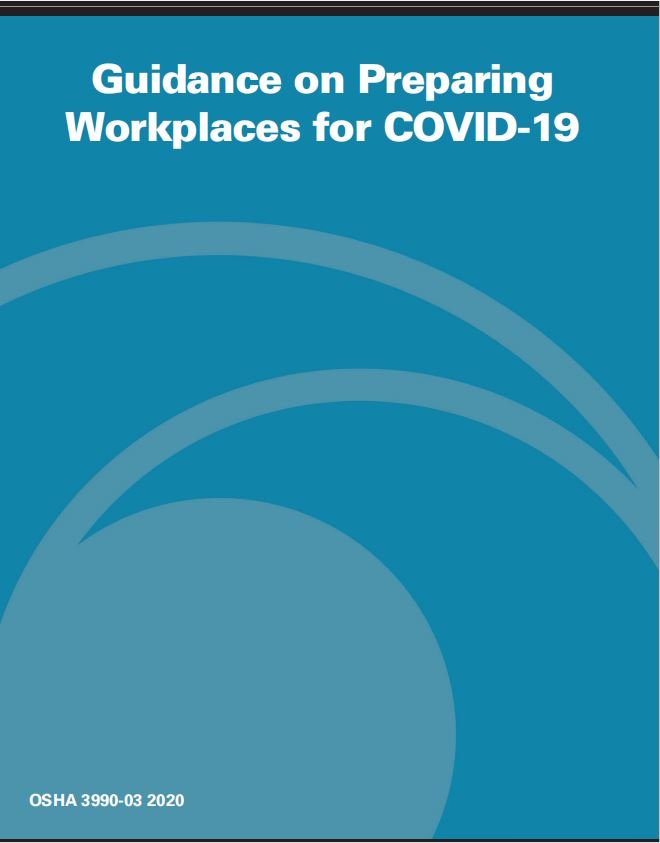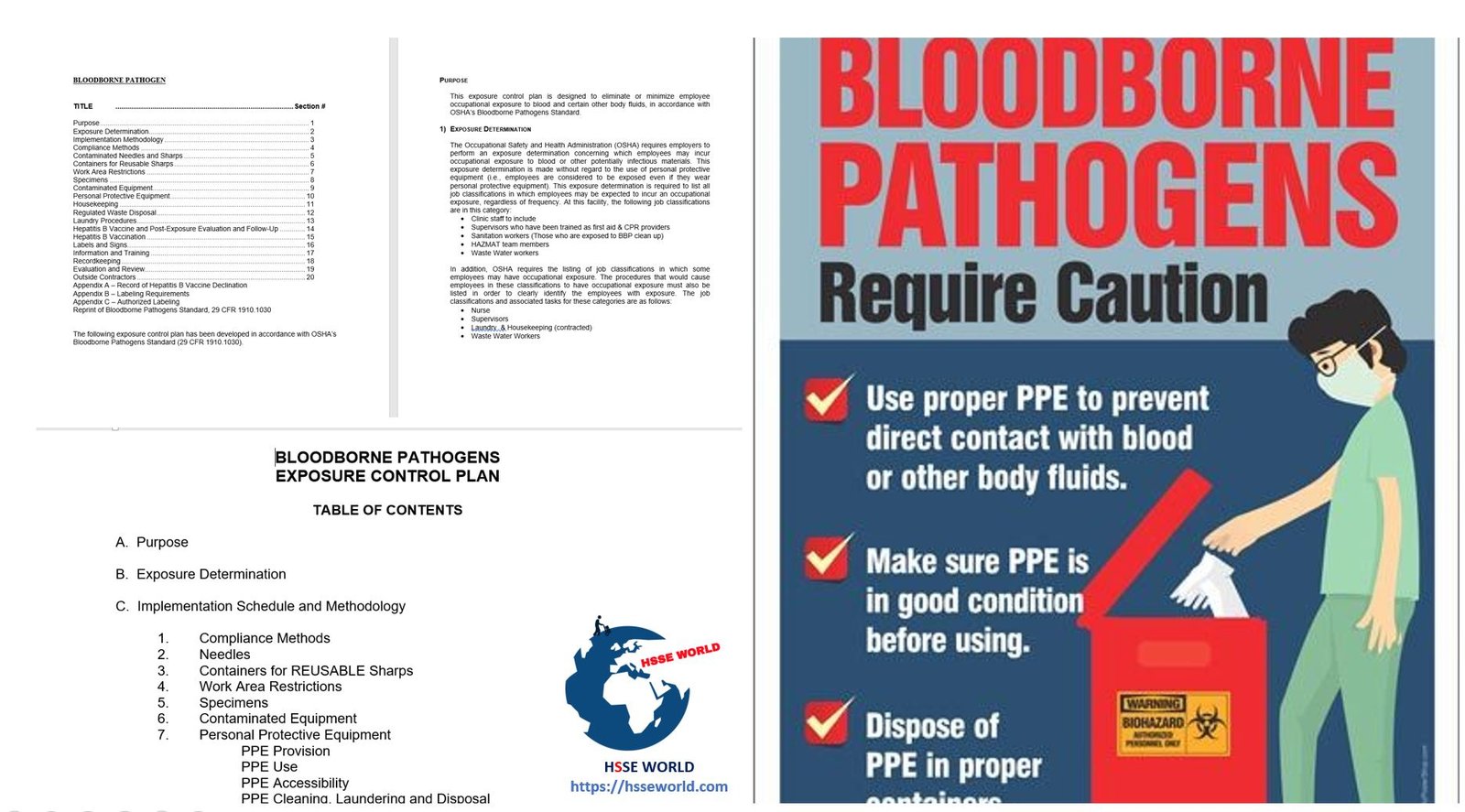This guidance is not a standard or regulation, and it creates no new legal obligations. It contains recommendations as well as descriptions of mandatory safety and health standards. The recommendations are advisory in nature, informational in content, and are intended to assist employers in providing a safe and healthful workplace. The Occupational Safety and Health Act requires employers to comply with safety and health standards
and regulations promulgated by OSHA or by a state with an OSHA-approved state plan. In addition, the Act’s General Duty Clause, Section 5(a)(1), requires employers to provide their employees with a workplace free from recognized hazards likely to cause death or serious physical harm.
Material contained in this publication is in the public domain and may be reproduced, fully or partially, without permission. Source credit is requested but not required.
Introduction
Coronavirus Disease 2019 (COVID-19) is a respiratory disease caused by the SARS-CoV-2 virus. It has spread from China to many other countries around the world, including the United States. Depending on the severity of COVID-19’s international impacts, outbreak conditions—including those rising to the level of a pandemic—can affect all aspects of daily life, including travel, trade, tourism, food supplies, and financial markets.
To reduce the impact of COVID-19 outbreak conditions on businesses, workers, customers, and the public, it is important for all employers to plan now for COVID-19. For employers who have already planned for influenza pandemics, planning for COVID-19 may involve updating plans to address the specific exposure risks, sources of exposure, routes of transmission, and other unique characteristics of SARS-CoV-2 (i.e., compared to pandemic influenza viruses). Employers who have not prepared for pandemic events should prepare themselves and their workers as far in advance as possible of potentially worsening outbreak conditions. Lack of continuity planning can result in a cascade of failures as employers attempt to address challenges of COVID-19 with insufficient resources and workers who might not be adequately trained for jobs they may have to perform under pandemic conditions. The Occupational Safety and Health Administration (OSHA) developed this COVID-19 planning guidance based on traditional infection prevention and industrial hygiene practices. It focuses on the need for employers to implement engineering, administrative, and work practice controls and personal protective equipment (PPE), as well as considerations for doing so.
This guidance is intended for planning purposes. Employers and workers should use this planning guidance to help identify risk levels in workplace settings and to determine any appropriate control measures to implement. Additional guidance may be needed as COVID-19 outbreak conditions change, including as new information about the virus, its transmission, and impacts, becomes available.
The U.S. Department of Health and Human Services’ Centers for Disease Control and Prevention (CDC) provides the latest information about COVID-19 and the global outbreak:www.cdc.gov/coronavirus/2019-ncov. The OSHA COVID-19 webpage offers information specifically
for workers and employers: www.osha.gov/covid-19.This guidance is advisory in nature and informational in content. It is not a standard or a regulation, and it neither creates new legal obligations nor alters existing obligations created by OSHA standards or the Occupational Safety and Health Act (OSH Act). Pursuant to the OSH Act, employers must comply with safety and health standards and regulations issued and enforced either by OSHA or by an OSHA-approved State Plan. In addition, the OSH Act’s General Duty Clause, Section 5(a)(1), requires employers to provide their employees with a workplace free from recognized hazards likely to cause death or serious physical harm. OSHA-approved State Plans may have standards, regulations and enforcement policies that are different from, but at least as effective as, OSHA’s. Check with your State Plan, as applicable, for more information.

Contents
Introduction. . . . . . . . . . . . . . . . . . . . . . . . . . . . . . . . . . . . . . . . . . . 3
About COVID-19. . . . . . . . . . . . . . . . . . . . . . . . . . . . . . . . . . . . . . . .4
How a COVID-19 Outbreak Could Affect Workplaces. . . . . . . . .6
Steps All Employers Can Take to ReducenWorkers’ Risk of Exposure to SARS-CoV-2. . . . . . . . . . . . . . . . . .7
Classifying Worker Exposure to SARS-CoV-2. . . . . . . . . . . . . . .18
Jobs Classified at Lower Exposure Risk (Caution): What to Do to Protect Workers. . . . . . . . . . . . . . . . . . . . . . . . . .20
Jobs Classified at Medium Exposure Risk:What to Do to Protect Workers. . . . . . . . . . . . . . . . . . . . . . . . . . .21
Jobs Classified at High or Very High Exposure Risk: What to Do to Protect Workers. . . . . . . . . . . . . . . . . . . . . . . . . .23
Workers Living Abroad or Travelling Internationally. . . . . . . . .25
For More Information. . . . . . . . . . . . . . . . . . . . . . . . . . . . . . . . . . 26
OSHA Assistance, Services, and Programs. . . . . . . . . . . . . . .27
OSHA Regional Offices. . . . . . . . . . . . . . . . . . . . . . . . . . . . . . . .29
How to Contact OSHA. . . . . . . . . . . . . . . . . . . . . . . . . . . . . . . . .32
I am text block. Click edit button to change this text. Lorem ipsum dolor sit amet, consectetur adipiscing elit. Ut elit tellus, luctus nec ullamcorper mattis, pulvinar dapibus leo.




